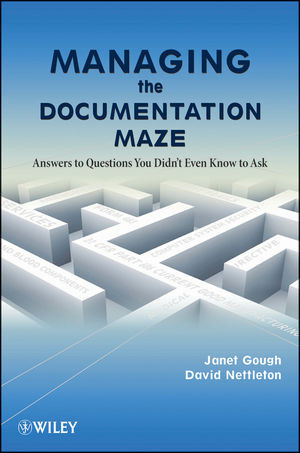

Most ebook files are in PDF format, so you can easily read them using various software such as Foxit Reader or directly on the Google Chrome browser.
Some ebook files are released by publishers in other formats such as .awz, .mobi, .epub, .fb2, etc. You may need to install specific software to read these formats on mobile/PC, such as Calibre.
Please read the tutorial at this link: https://ebookbell.com/faq
We offer FREE conversion to the popular formats you request; however, this may take some time. Therefore, right after payment, please email us, and we will try to provide the service as quickly as possible.
For some exceptional file formats or broken links (if any), please refrain from opening any disputes. Instead, email us first, and we will try to assist within a maximum of 6 hours.
EbookBell Team

5.0
28 reviewsWhen it comes to receiving documentation to confirm good science, U.S. and international regulators place high demands on the healthcare industry. As a result, companies developing and manufacturing therapeutic products must implement a strategy that allows them to properly manage their records and documents, since they must comply with rigorous standards and be available for regulatory review or inspection at a moment’s notice.
Written in a user-friendly Q&A style for quick reference, Managing the Documentation Maze provides answers to 750 questions the authors encounter frequently in their roles as consultants and trainers. In simple terms, this handy guide breaks down the key components that facilitate successful document management, and shows why it needs to be a core discipline in the industry with information on:
Anyone responsible for managing documents in the health field will find this book to be a trusted partner in unraveling the bureaucratic web of confusion, while it initiates a plan on how to put an effective, lasting system in place—one that will stand up to any type of scrutiny. Content:
Chapter 1 Understanding the Regulations (pages 1–28):
Chapter 2 People, Process, and Documentation (pages 29–45):
Chapter 3 Principles of Document Management (pages 47–68):
Chapter 4 Deciding to go Electronic and Finding a Vendor (pages 69–96):
Chapter 5 Making the Transition from Hybrid to Validated E?System (pages 97–119):
Chapter 6 Part 11 Compliance (pages 121–140):
Chapter 7 Standard Operating Procedures (pages 141–159):
Chapter 8 Nonclinical Records (pages 161–171):
Chapter 9 Clinical and Submission Records (pages 173–202):
Chapter 10 Consistency and Readability in Documents (pages 203–221):
Chapter 11 Maintaining the System (pages 223–237):
Chapter 12 Maintaining Inspection Readiness (pages 239–253):
Chapter 13 Resources (pages 255–258):